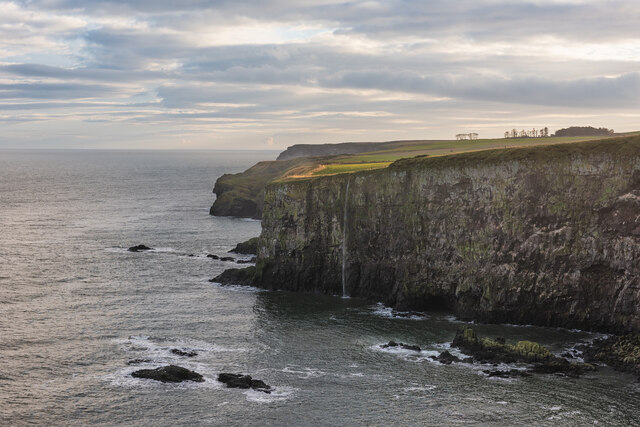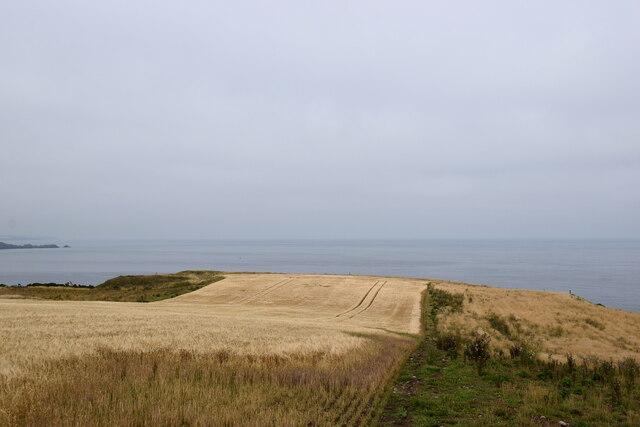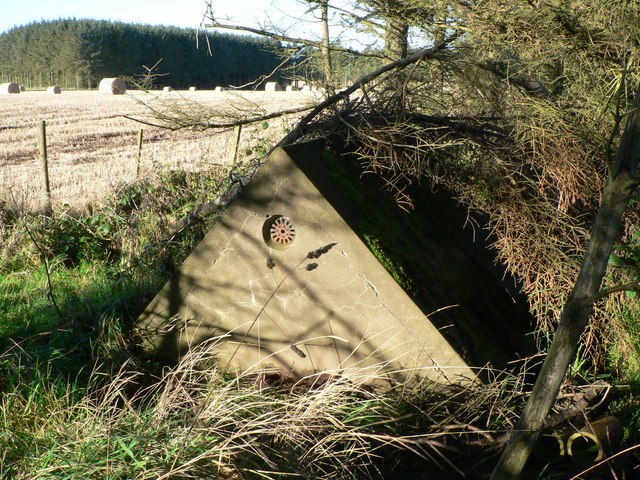Tremuda
Coastal Feature, Headland, Point in Kincardineshire
Scotland
Tremuda

Tremuda is a prominent coastal feature located in Kincardineshire, Scotland. It is classified as a headland, which is a narrow piece of land that juts out into the sea. The headland extends into the North Sea and forms a distinctive point along the coastline.
Tremuda is characterized by its rugged and rocky terrain, with steep cliffs that drop dramatically into the sea below. The geology of the area is composed of ancient sedimentary rocks, which have been shaped over time by the erosive forces of the ocean.
The headland offers breathtaking views of the surrounding coastline and the vast expanse of the sea. From the top of Tremuda, visitors can witness the crashing waves, feel the salty breeze, and enjoy panoramic vistas of the horizon.
The area is also known for its rich biodiversity. The cliffs and rocky outcrops provide nesting sites for various seabird species, including puffins, gulls, and fulmars. In addition, the surrounding waters are home to a diverse array of marine life, such as seals, dolphins, and various species of fish.
Tremuda is a popular destination for nature enthusiasts and outdoor adventurers. Hiking trails wind along the cliffs, allowing visitors to explore the headland and discover its hidden gems. The area is also a haven for photographers, who can capture the dramatic landscapes and wildlife in their lenses.
Overall, Tremuda is a captivating headland that showcases the raw beauty of Scotland's coastline. Its rugged cliffs, diverse wildlife, and stunning views make it a must-visit destination for anyone seeking to connect with nature and experience the power of the sea.
If you have any feedback on the listing, please let us know in the comments section below.
Tremuda Images
Images are sourced within 2km of 56.939911/-2.1967192 or Grid Reference NO8883. Thanks to Geograph Open Source API. All images are credited.





Tremuda is located at Grid Ref: NO8883 (Lat: 56.939911, Lng: -2.1967192)
Unitary Authority: Aberdeenshire
Police Authority: North East
What 3 Words
///revamped.risking.addicted. Near Stonehaven, Aberdeenshire
Nearby Locations
Related Wikis
Dunnottar Castle
Dunnottar Castle (Scottish Gaelic: Dùn Fhoithear, "fort on the shelving slope") is a ruined medieval fortress located upon a rocky headland on the north...
Thornyhive Bay
Thornyhive Bay is an embayment along the North Sea coast in Aberdeenshire, Scotland. This bay is situated approximately 2.5 miles south of the town of...
Bowdun Head
Bowdun Head is a headland landform on the North Sea coast approximately one kilometre south of Stonehaven, Scotland.(Ordnance Survey, 2004) Slightly to...
Dunnicaer
Dunnicaer, or Dun-na-caer, is a precipitous sea stack just off the coast of Aberdeenshire, Scotland, between Dunnottar Castle and Stonehaven. Despite the...
Nearby Amenities
Located within 500m of 56.939911,-2.1967192Have you been to Tremuda?
Leave your review of Tremuda below (or comments, questions and feedback).















